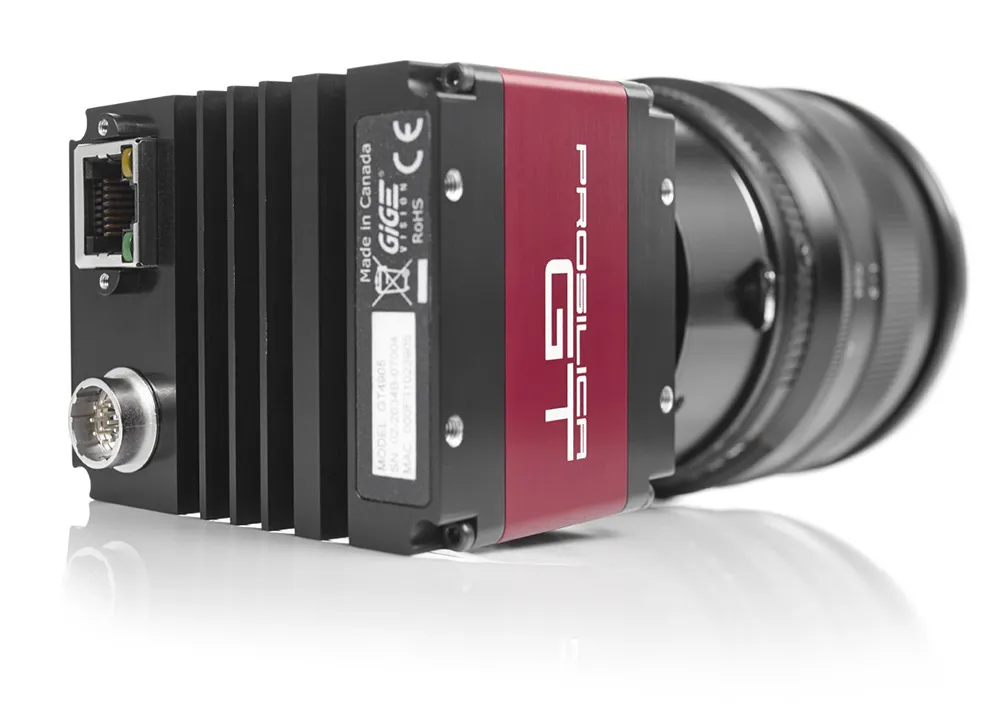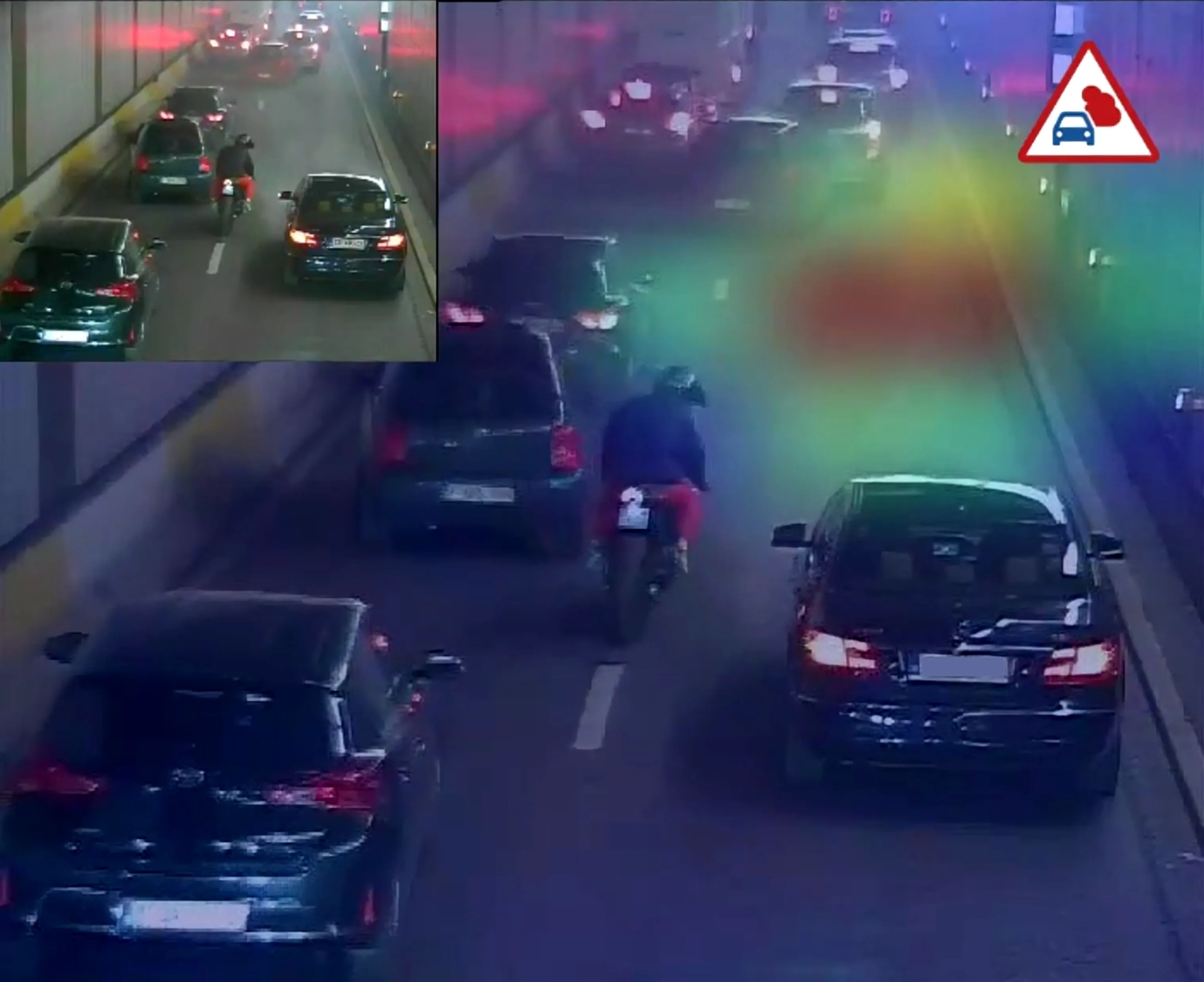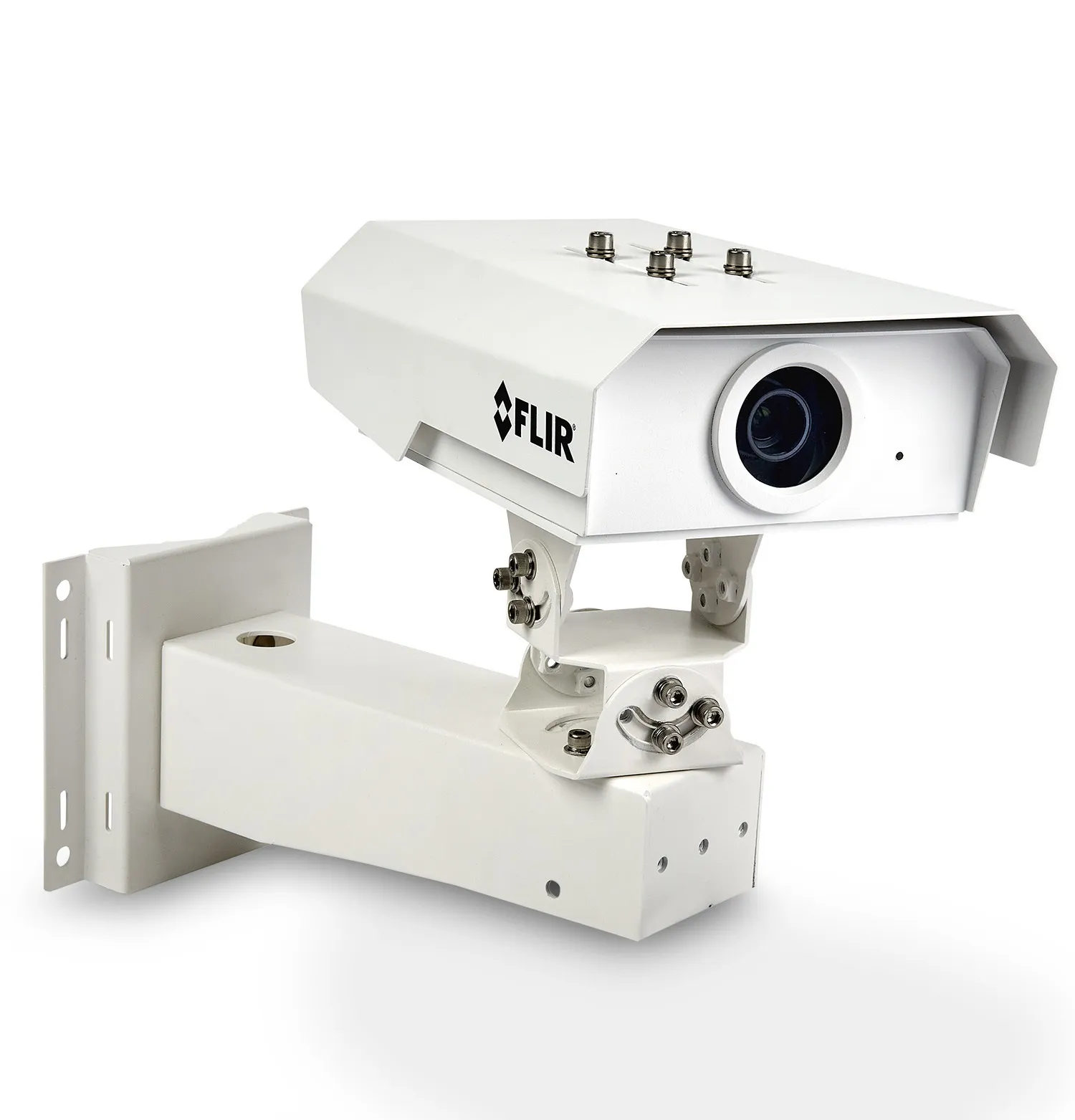Allied Vision has launched Prosilica GT Large Format cameras with Sony Pregius CMOS sensors which it says can be used for traffic and transportation surveillance.
January 23, 2020
Read time: 1 min

The Prosilica cameras come with resolutions up to 31.4 MP at varied aspect ratios to address versatile high-definition imaging applications, the company adds.
According to Allied, users can integrate the cameras into a vision system by multiple mounting options and comprehensive feature set while also reducing costs by powering the device via a single Ethernet cable.
Multiple cameras can be synchronised by using the PTP feature while the rugged housing design features cooling and lockable connectors to help ensure secure operation.










